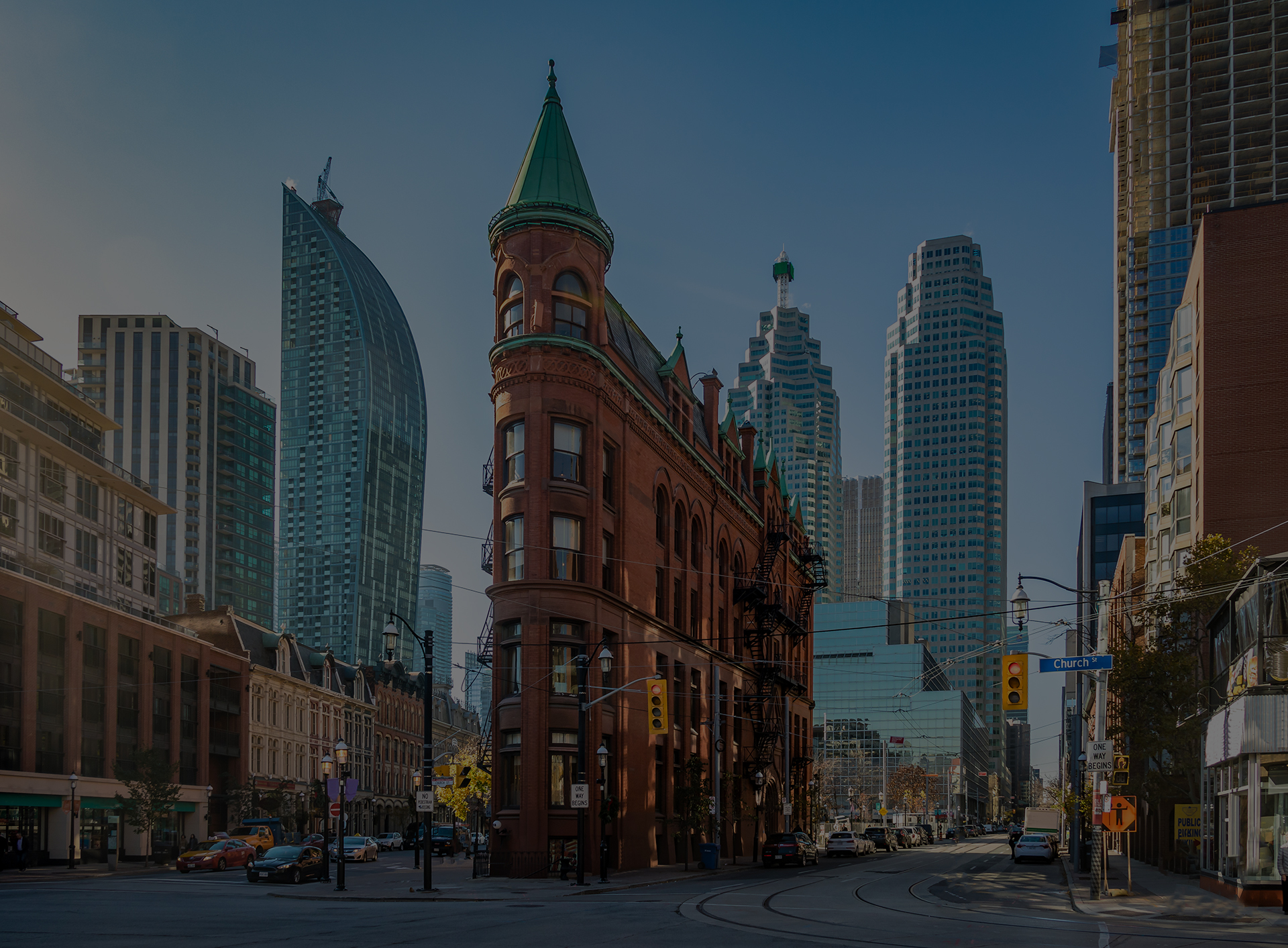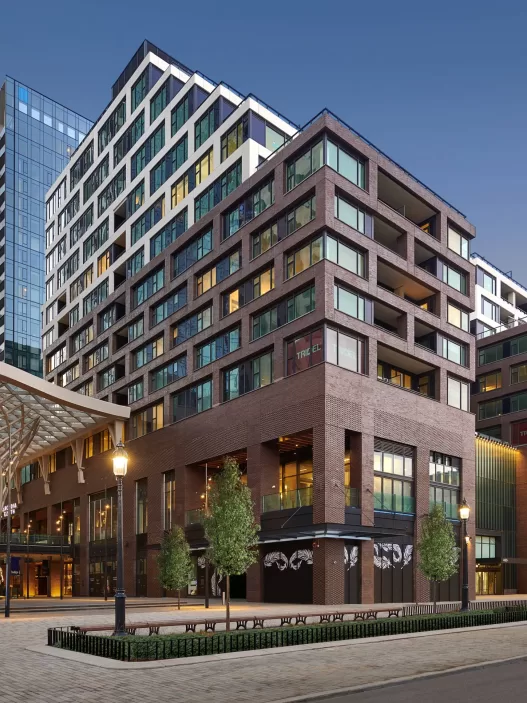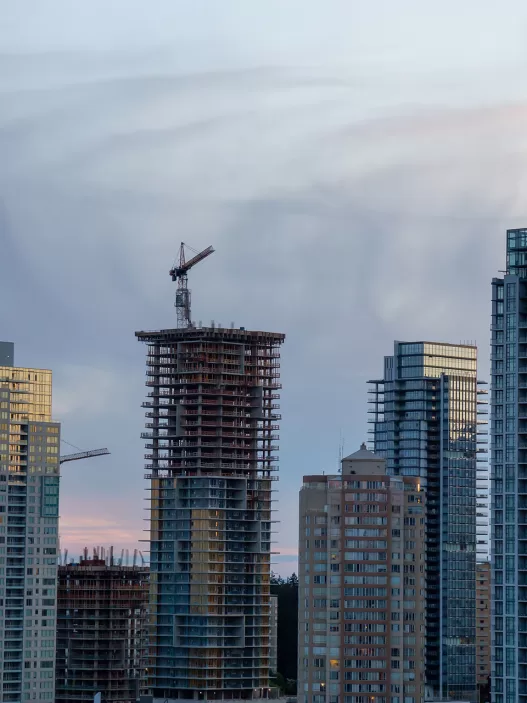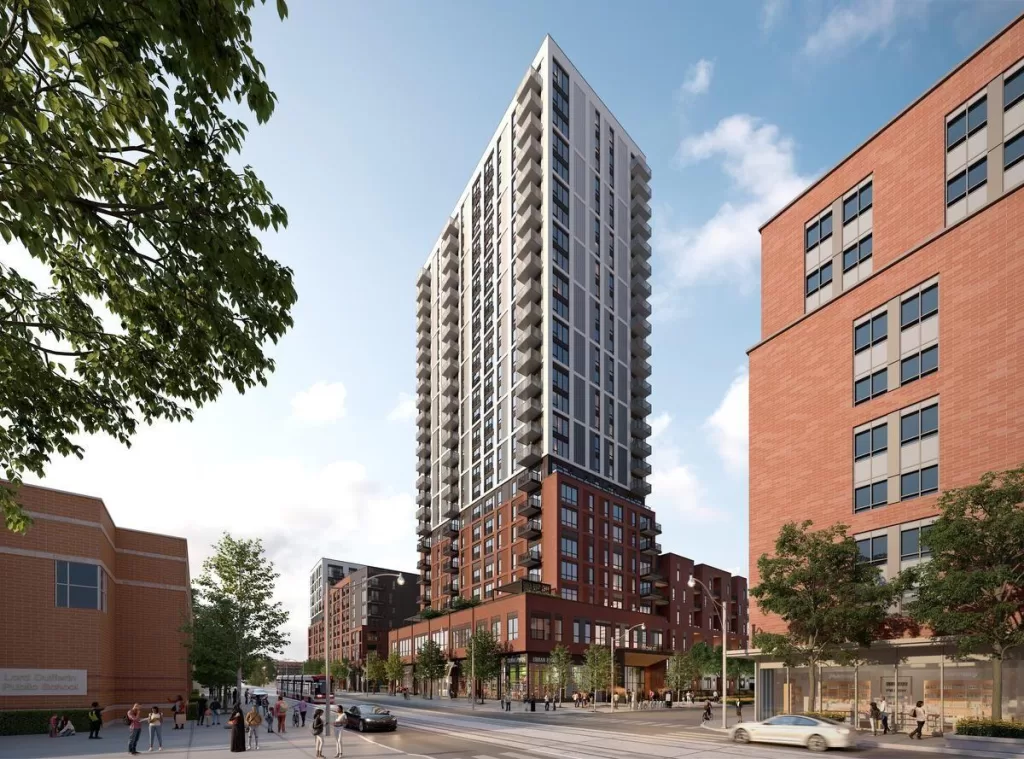
For decades, Regent Park in Toronto was a neighborhood that wore its history on its sleeve. As Canada’s first public housing project, it symbolized both a bold step toward affordable urban living and the challenges that come with concentrated poverty. But in the early 2000s, Regent Park embarked on a massive transformation, one that would redefine not only its skyline but its very identity. The revitalization project was ambitious, polarizing, and above all, unprecedented. Here’s a closer look at what’s worked, what hasn’t, and what’s next for Regent Park.
A Vision of Change
The Regent Park Revitalization Project, launched in 2005, set out to replace the aging public housing infrastructure with a vibrant, mixed-income community. Led by Toronto Community Housing (TCH) and private developers, the plan aimed to integrate Regent Park more seamlessly with the rest of the city by replacing isolated blocks with open streets, modern architecture, and shared spaces. The project spanned over several phases and included:
- The construction of mixed-income housing, blending market-rate condos with subsidized units.
- The addition of parks, community centers, and recreational facilities.
- Commercial spaces designed to attract businesses and create economic opportunities.
- A commitment to sustainable, eco-friendly urban design.
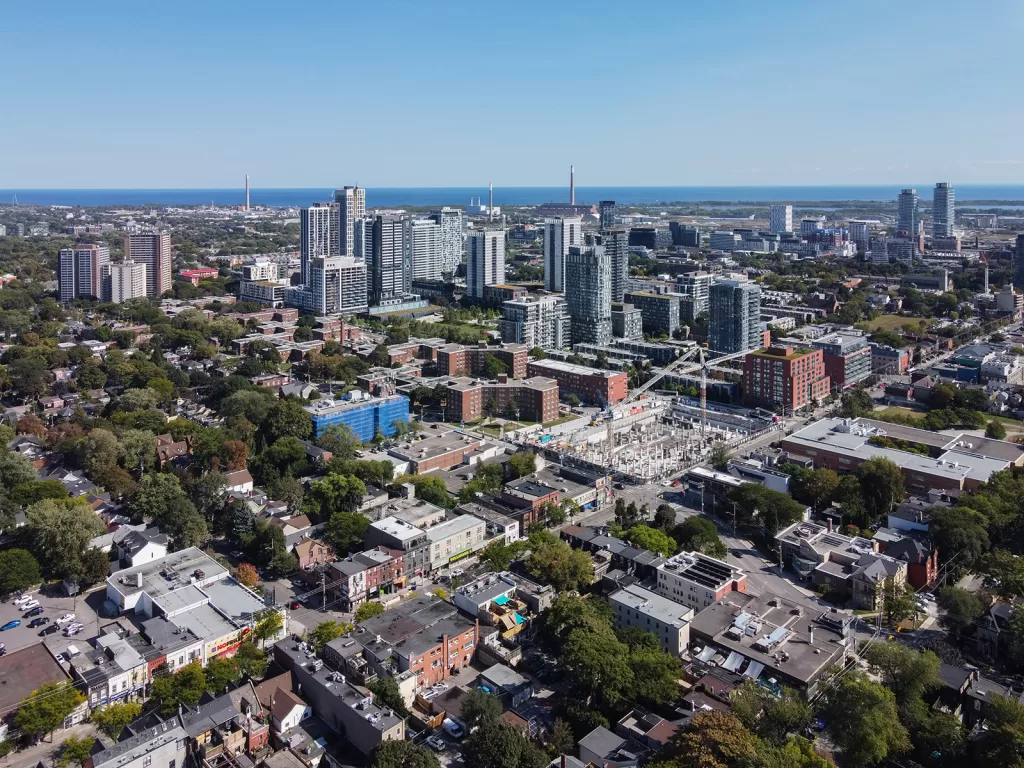
Successes That Shine
- Modern Infrastructure
The revitalization replaced aging, crumbling buildings with sleek, modern structures. The new housing incorporates energy-efficient designs, and open spaces have made the area more visually appealing and livable. Regent Park is no longer an isolated island within Toronto but a walkable neighborhood integrated into the urban grid. - Mixed-Income Community
One of the project’s central goals was to break the cycle of concentrated poverty by creating a mixed-income environment. By including both affordable housing units and market-rate condos, Regent Park has attracted a more diverse population. This has contributed to reducing stigma and fostering a greater sense of community pride. - Improved Amenities
From the award-winning Aquatic Centre to the Daniels Spectrum arts hub, the revitalization has introduced facilities that benefit all residents. These spaces have become focal points for cultural events, fitness, and education, enhancing the quality of life in the neighborhood. - Economic Opportunities
The influx of new businesses and retail spaces has created job opportunities for residents. Social enterprises like the Paintbox Bistro, a café and training hub, have empowered local youth with job skills and experience. Additionally, new retail options have made Regent Park a destination for people beyond its borders.
Challenges That Persist
- Affordable Housing Shortfall
While the project promised to maintain or increase the number of affordable housing units, the pace of reconstruction has left some original residents waiting years to return. Critics argue that the emphasis on market-rate condos has shifted focus away from the community’s most vulnerable. - Gentrification Concerns
With shiny new condos and trendy coffee shops comes the risk of gentrification. Longtime residents worry about being priced out of the neighborhood they’ve called home for decades. The balance between attracting new residents and preserving affordability remains delicate. - Community Displacement
During redevelopment, many families were temporarily relocated. Although promises were made to allow them to return, some have struggled to do so due to extended timelines or eligibility hurdles. This has fractured the sense of community that once defined Regent Park. - Integration Challenges
While the physical structures have changed, some social divides remain. Bridging the gap between market-rate condo owners and subsidized housing residents has proven to be more challenging than anticipated. Building a cohesive, inclusive community is an ongoing effort.
Accessibility: A Double-Edged Sword
The revitalization has undeniably made Regent Park more accessible in a literal sense. New roads and public spaces have opened the area, improving connectivity to surrounding neighborhoods. However, true accessibility goes beyond infrastructure. For many residents, access to opportunities—affordable housing, education, and employment—is still uneven. Addressing these disparities is key to ensuring the success of the revitalization.

What’s Next for Regent Park?
As the project enters its final phases, there’s an opportunity to reflect and recalibrate. Community leaders and city officials must prioritize:
- Completion of Affordable Housing: Ensuring that all displaced residents can return to Regent Park should remain a top priority.
- Community Engagement: Inclusive programs and events can help bridge divides and foster a stronger sense of belonging.
- Equity in Development: Future plans should emphasize equity, ensuring that economic benefits reach all residents, not just new arrivals.
The Regent Park Revitalization Project is a bold experiment in urban redevelopment. It has transformed the neighborhood from a symbol of urban decay to a beacon of possibility, but it’s not without its flaws. The successes—modern infrastructure, economic growth, and improved amenities—are undeniable. Yet, the challenges—affordable housing shortfalls, gentrification, and social integration—serve as reminders of the complexities inherent in such ambitious projects.
Regent Park’s story is still being written. Its ultimate success will depend on whether it can truly live up to its promise: a neighborhood that uplifts everyone who calls it home. As Toronto’s urban landscape continues to evolve, Regent Park stands as both a cautionary tale and a source of inspiration for cities worldwide.






